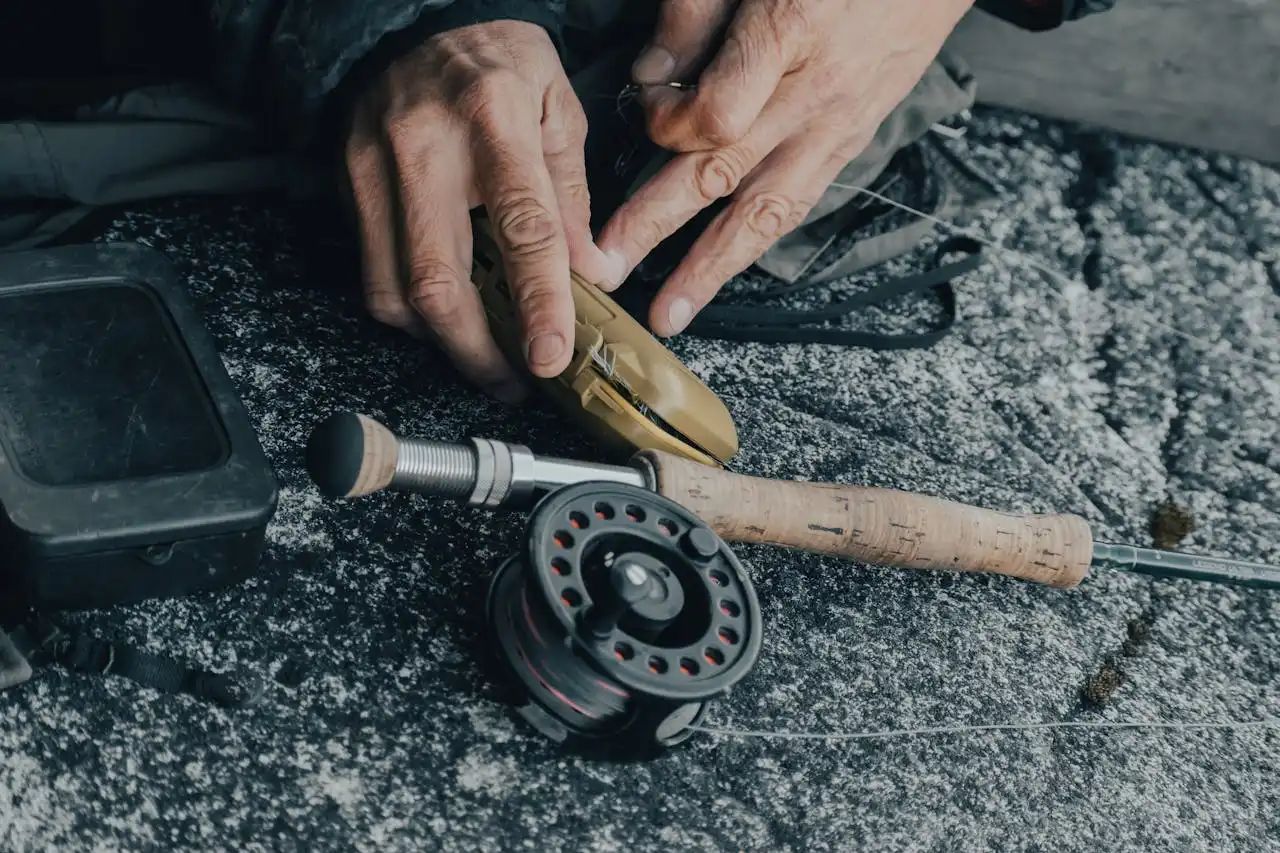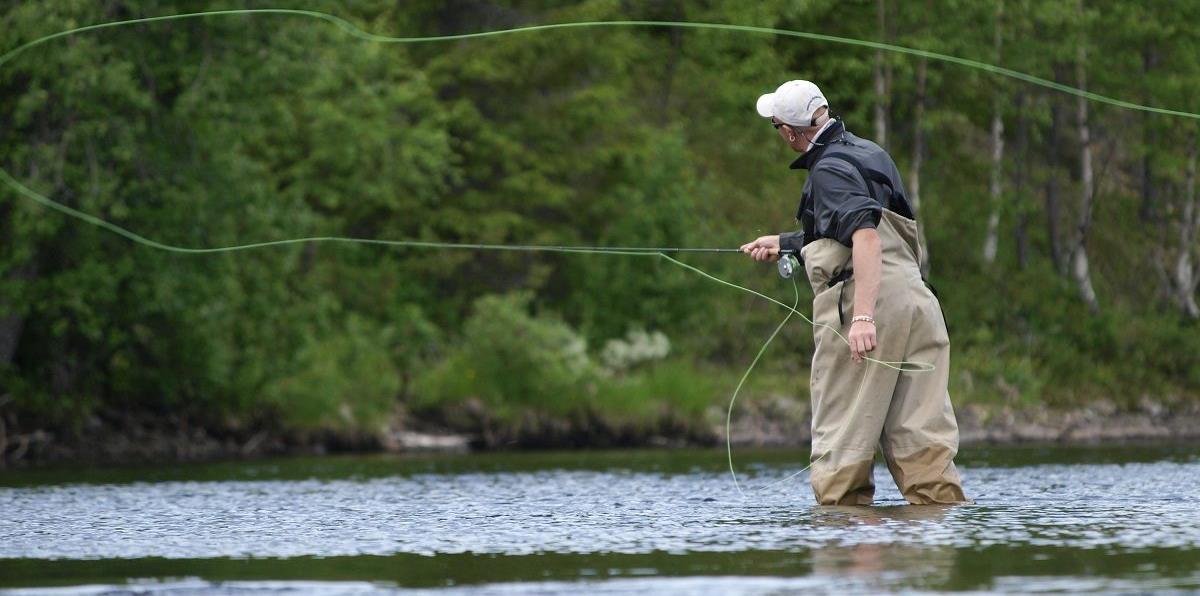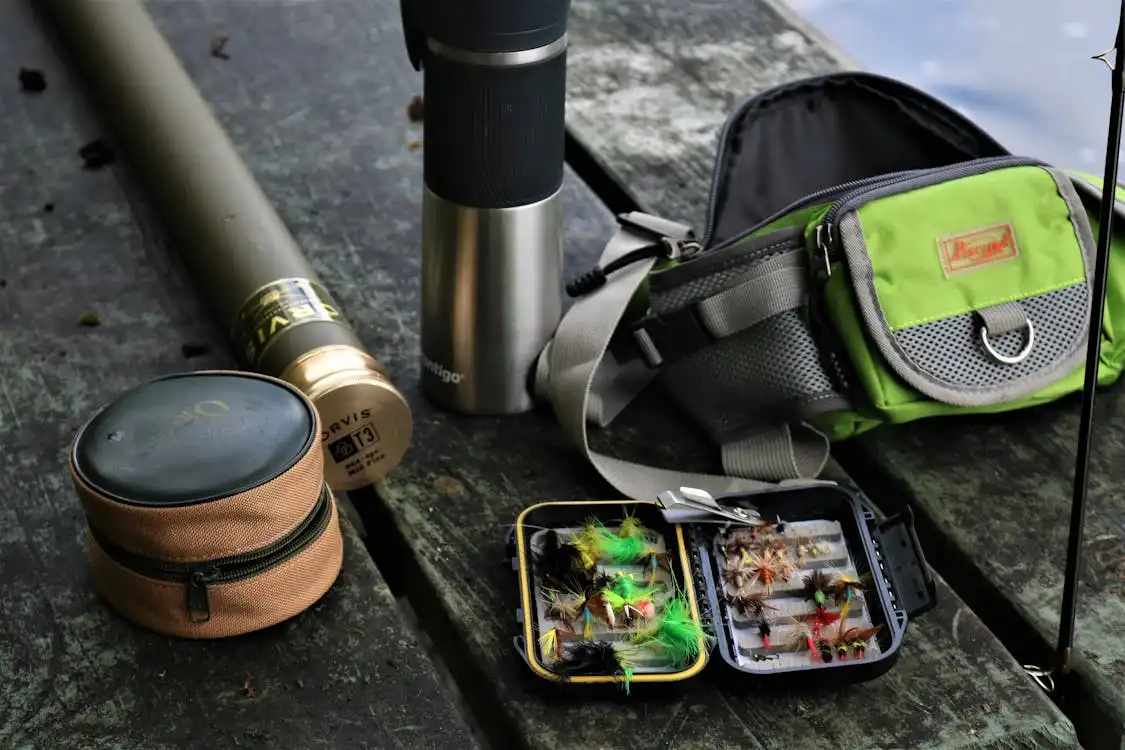If you're looking for a new hobby that connects you with nature, relaxes your mind, and challenges your skills, fly fishing might be just what you need. When I first started fly fishing, I was a little intimidated. All the gear, the knots, and techniques—it felt like a lot to take in. But once I got past the initial learning curve, it became one of my favorite ways to spend time outdoors. I’m here to help make your journey into fly fishing as smooth and enjoyable as possible.
This guide will walk you through everything you need to get started, from choosing the right gear to finding the perfect spot to cast your line. Let’s dive in!
What is Fly Fishing?
At its core, fly fishing is a method of catching fish using a fly—a lightweight artificial lure—on a fly rod and reel. Unlike traditional fishing, where the weight of the lure helps cast the line, in fly fishing, the line itself is weighted, which allows the fly to be cast with precision.
This sport is often associated with trout fishing in rivers, but you can fly fish in lakes, ponds, or even the ocean for species like bass, salmon, or bonefish.
Essential Gear for Beginners
Fly fishing gear can be overwhelming at first. Don’t worry! You don’t need the most expensive equipment to get started, just the essentials.
1. Fly Rod
Your rod is the foundation of your setup. As a beginner, you’ll want to start with something versatile. A 9-foot rod with a 5-weight rating is a great all-around option. It’s long enough for casting and light enough for trout or other freshwater fish, but still sturdy for beginners.

2. Fly Reel
A fly reel balances your rod and holds your line. For starters, don’t overthink this. A basic reel with a smooth drag system will do the job. Some people think the reel is just for storing the line, but if you hook a big fish, a good drag system will make all the difference.
3. Fly Line, Backing, and Leader
The line is the lifeblood of your cast. You’ll need a floating fly line for most beginner situations, as it’s the easiest to manage. The backing is a thinner line that sits between your fly line and the reel, giving you extra length in case a fish makes a long run. The leader is a tapered line attached to the end of the fly line, helping your fly land softly on the water.
4. Flies
Flies come in different types: dry flies (which float), wet flies (which sink), streamers (which imitate baitfish), and nymphs (which mimic aquatic insects). You don’t need a huge collection as a beginner.
A few basic patterns like: Adams od CDC dun (dry fly), Woolly Bugger (streamer), and Pheasant Tail or HARE's ear (nymph) will cover most situations.
5.Waders and Boots
If you plan on fishing in rivers or streams, waders will keep you dry while allowing you to reach those prime fishing spots. Go for breathable waders if you’re in a warmer climate. Don’t forget boots with good traction; some areas have slippery, rocky bottoms.
6. Other Accessories
There’s a lot of other little gear that makes your life easier: nippers to cut your line, forceps to remove hooks, and a fly box to store your flies. You’ll also want polarized sunglasses to cut glare and spot fish more easily.
How to Cast
The cast is the most fundamental part of fly fishing, but don’t stress. You don’t have to be perfect right away. I struggled at first, too. Here’s a basic breakdown to get you started:
1. Grip Your Rod Correctly: Hold the rod with your thumb on top and your hand relaxed.
2. Start with the Line in the Water: Begin with 10-15 feet of fly line outside the rod tip. Pull more line off the reel if needed.
3. The Back Cast: Lift the rod smoothly until it’s vertical, then flick it backward like you're painting the sky. Pause at the top to let the line extend behind you.
4. The Forward Cast: Once the line has fully extended behind you, flick the rod forward, stopping at around 10 o’clock (imagine a clock face in front of you). Let the line unfurl in front of you, and the fly will land gently on the water.
Casting takes practice. Don’t be afraid to practice on grass or in your backyard before hitting the water.

Where to Fly Fish
As a beginner, you’ll want to find a spot where the fish are abundant and the water isn’t too challenging to wade through. Here are some tips for choosing the right location:
Local Streams or Rivers: Start with small, calm rivers or streams. These spots are usually easier to navigate, and the fish aren’t as spooked.
Lakes and Ponds: These can be great for beginners. You don’t have to worry as much about current, and fish like bass or bluegill are often eager to bite.
Talk to Local Shops: Fly shops are a wealth of information. Ask the folks there where the best beginner spots are, and they can point you in the right direction.
Choosing Flies: Match the Hatch
One of the coolest things about fly fishing is the concept of “matching the hatch.” This means choosing flies that resemble the insects fish are currently feeding on. If you can figure out what’s hatching in the area you’re fishing, you’ll be much more successful.
To get started, watch the water. Do you see bugs flying around or resting on the surface? Check the rocks for nymphs. Then, try to match your fly to what you observe. You can also ask local anglers or the staff at a fly shop for advice on what flies to use.
Hooking and Landing Fish
So you’ve got the right gear, your cast is improving, and you’ve picked the right fly. Now it’s time for the exciting part—hooking and landing a fish!
1. Set the Hook: When you feel a tug or see the fish take the fly, lift your rod tip quickly to set the hook. Don’t yank too hard, but be firm.
2. Play the Fish: Let the fish run a little. Use your reel’s drag to control the fish and avoid putting too much pressure on the line.
3. Net the Fish: Once the fish tires out, use a landing net to gently scoop it out of the water. Try to keep the fish in the water as much as possible to avoid stressing it.
Catch & Release
Fly fishing is as much about the experience as it is about catching fish. Many anglers practice catch and release to conserve fish populations. If you decide to release your catch, handle the fish as little as possible, wet your hands before touching it, and use barbless hooks to make it easier to release the fish unharmed.
Final Tips for Beginners
Stay Patient: You won’t catch a fish every time you go out, and that’s okay. Fly fishing is as much about the process as it is about the results.
Learn From Others: Don’t hesitate to chat with more experienced anglers. Most are happy to share tips and tricks.
Enjoy the Experience: Fly fishing is about being present in nature. Even on days when the fish aren’t biting, you’ll still gain a sense of peace from the experience.
Fly fishing is a rewarding hobby that will challenge you in all the best ways. With the right gear, a little practice, and some patience, you’ll be catching fish and enjoying the outdoors in no time. Good luck, and happy fishing!
